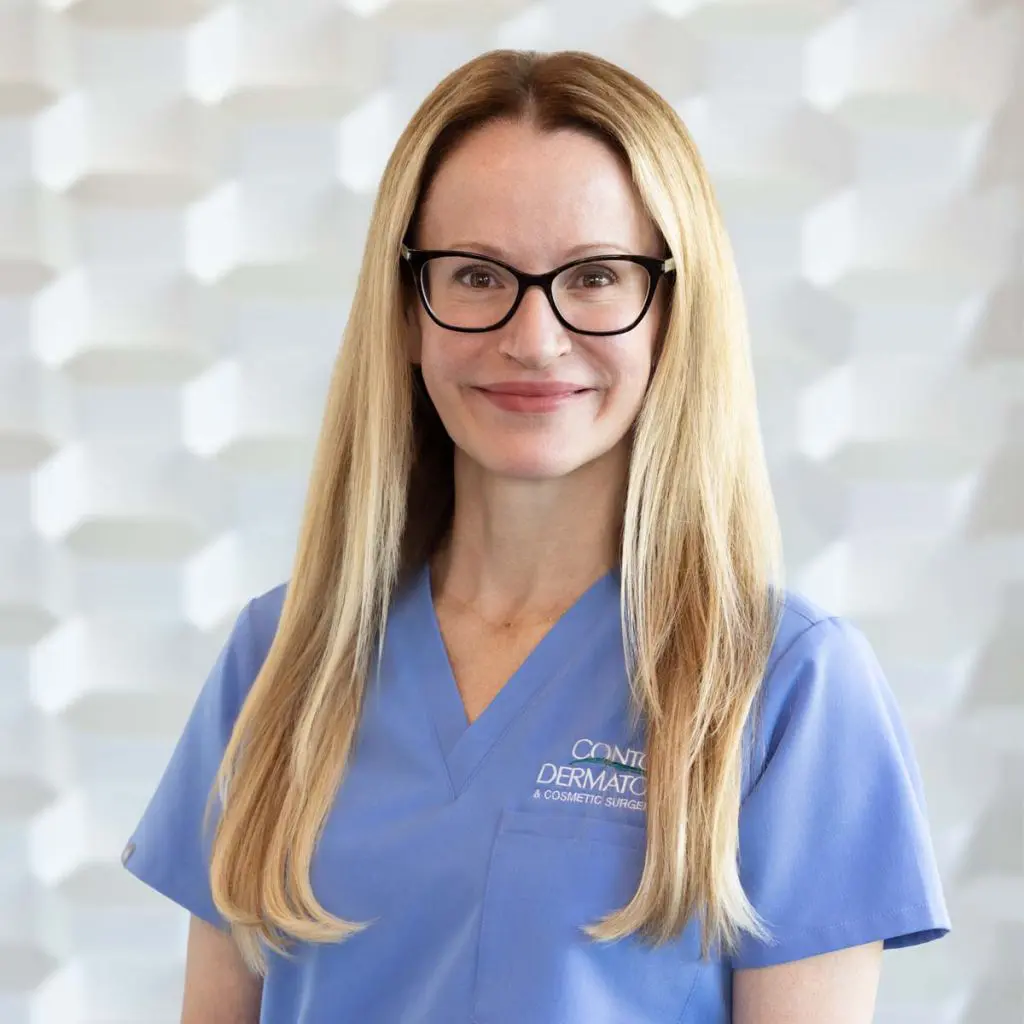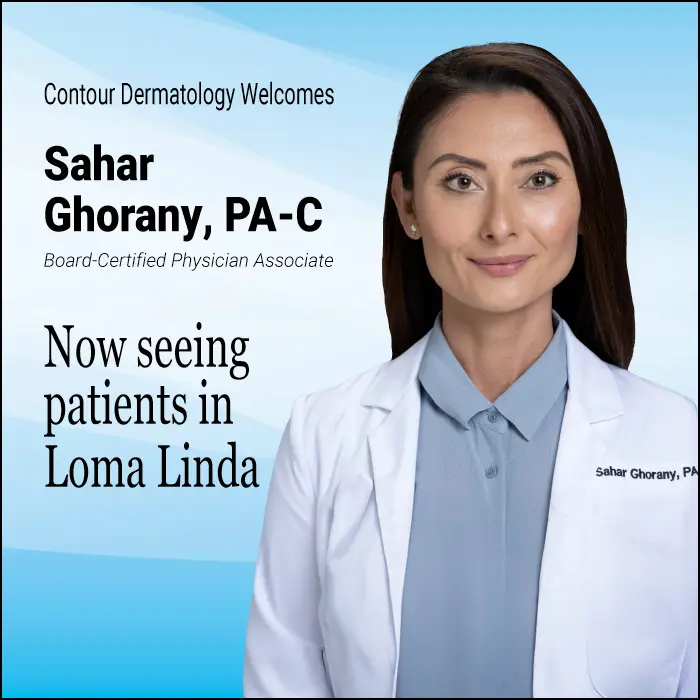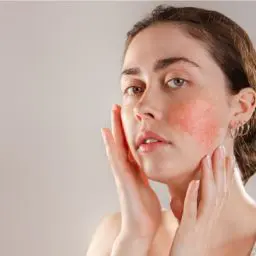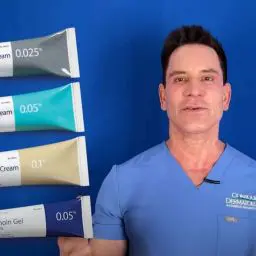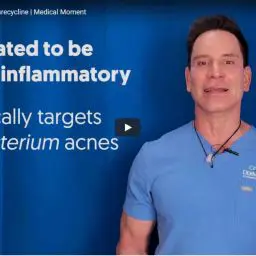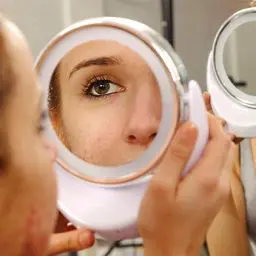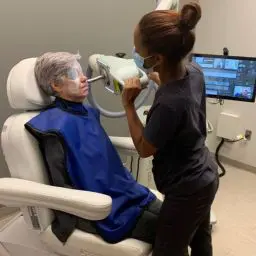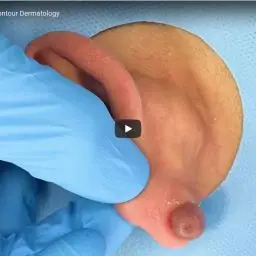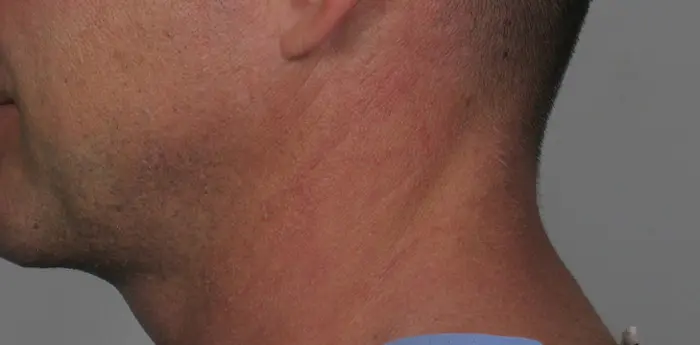Medical Minute with Dr. Chiao - Actinic Keratoses Explained
Board-certified Dermatologist, Dr. Nor Chiao, talks about the many different skin conditions people suffer or Medical Dermatology. She goes over different skin conditions, their own causes and symptoms. Tune in every Monday on our Facebook or Instagram page for Medical Minute with Dr. Chiao.
Medical dermatology focuses on the health of the skin by correcting abnormalities. Your skin’s appearance will improve. A medical dermatologist will be able to accurately diagnose your condition and help form the best treatment plan for your unique situation. Contour Dermatology and Cosmetic Surgery Center has many available solutions that include laser therapy, surgical removal, or medicines depending on your diagnosis.*
Understanding Actinic Keratoses
Actinic keratoses (AKs), also known as solar keratoses, are rough, scaly patches that develop on sun-exposed skin areas due to prolonged ultraviolet (UV) exposure. Commonly appearing on the face, ears, neck, scalp, chest, backs of hands, forearms, or lips, these lesions are considered precancerous and can potentially progress to squamous cell carcinoma if left untreated.
Identifying Symptoms and Risk Factors
Individuals with fair skin, a history of frequent sun exposure, or those who use tanning beds are at a higher risk of developing AKs. Symptoms to watch for include rough, dry, or scaly patches that may be pink, red, or brown; itching or burning in the affected area; and lips that feel constantly dry. Regular skin examinations are crucial for early detection and management of these lesions.
Treatment Options and Prevention Strategies
Treatment for actinic keratoses varies based on the number and location of lesions. Options include cryotherapy (freezing the lesion), topical medications like 5-fluorouracil or imiquimod, photodynamic therapy, and chemical peels. Preventive measures are equally important and involve minimizing sun exposure, wearing protective clothing, and applying broad-spectrum sunscreen regularly. These steps can significantly reduce the risk of developing AKs and other sun-related skin conditions.


